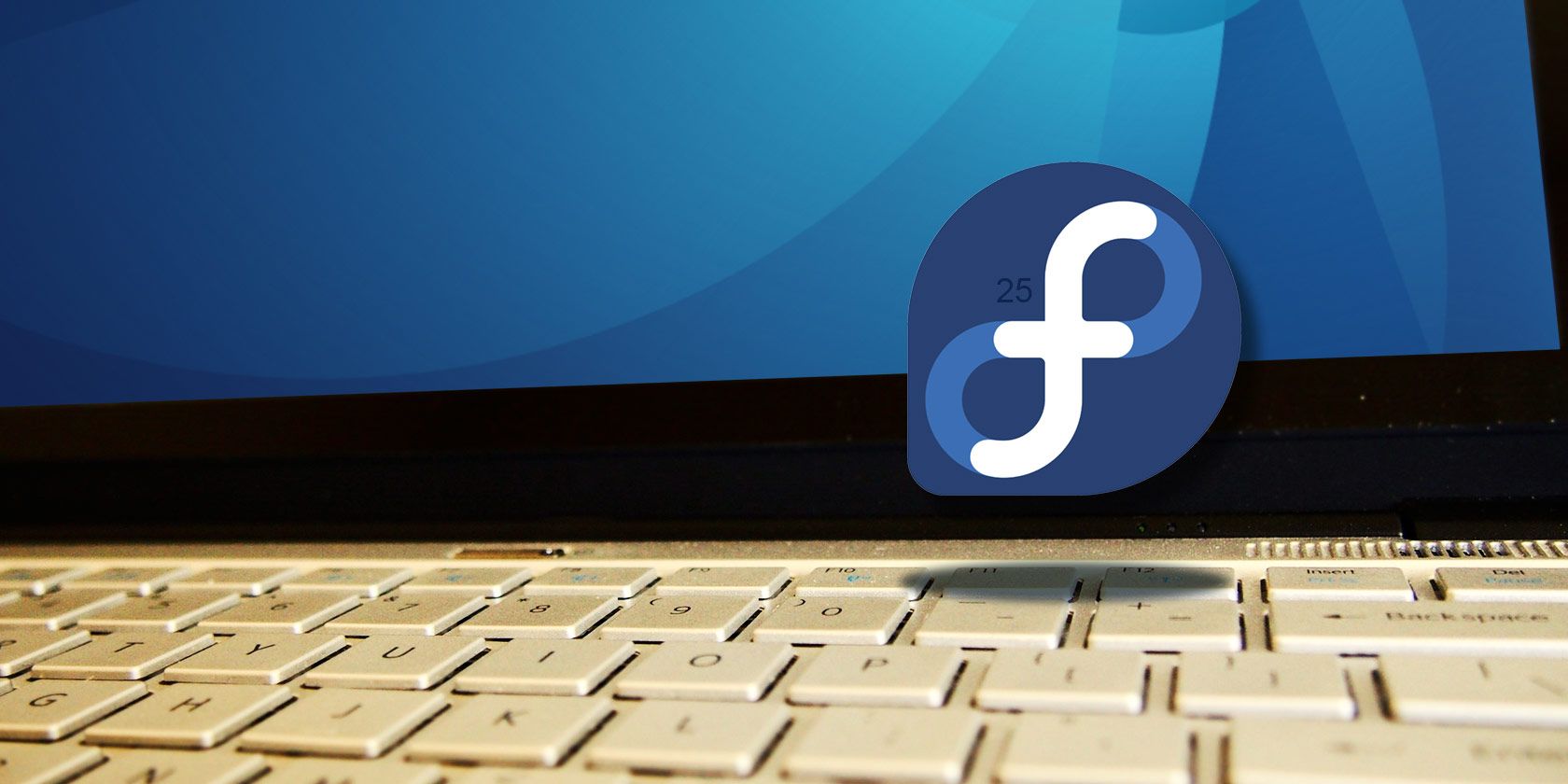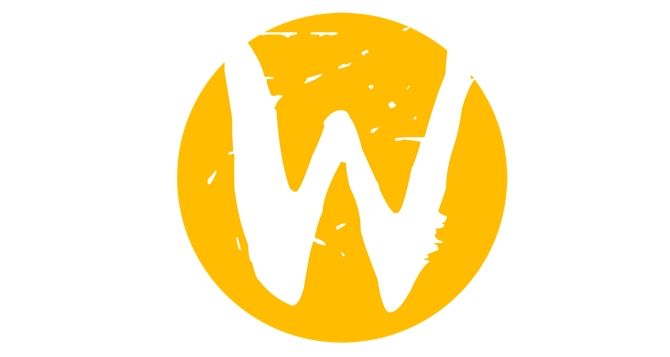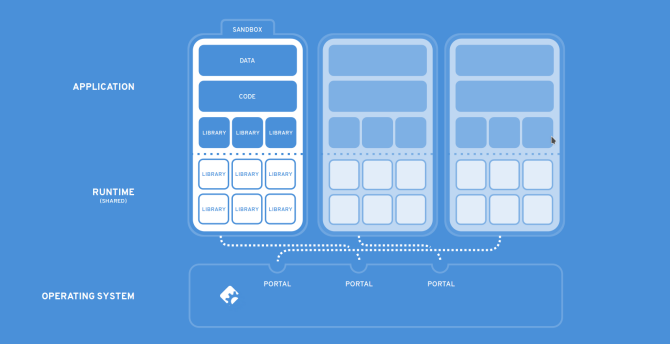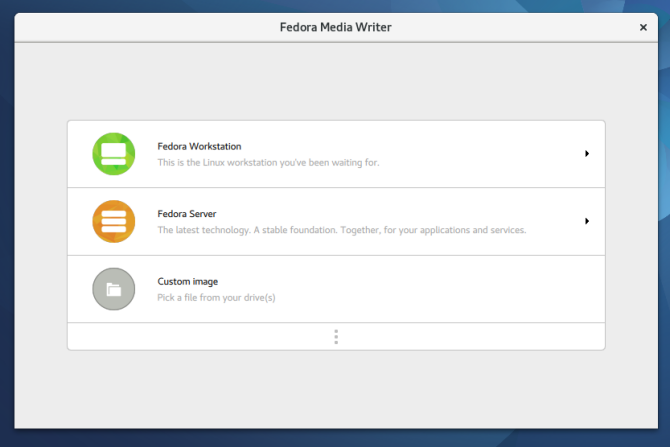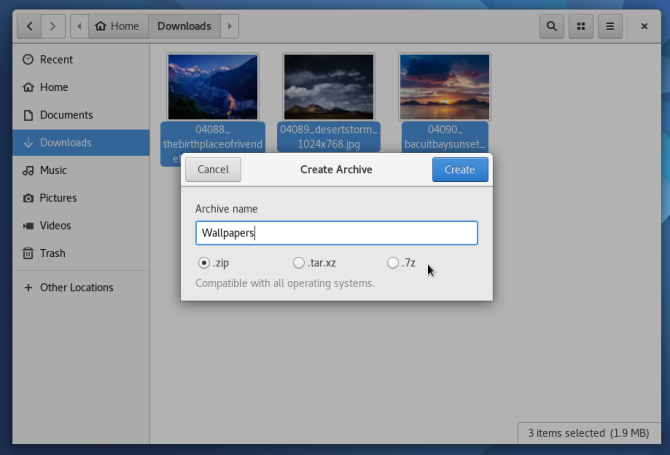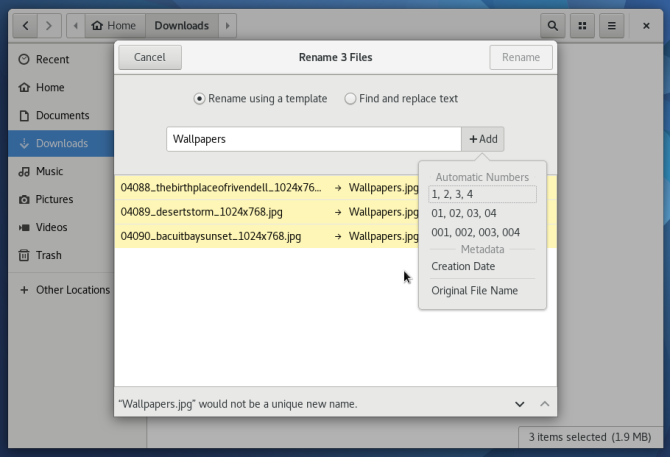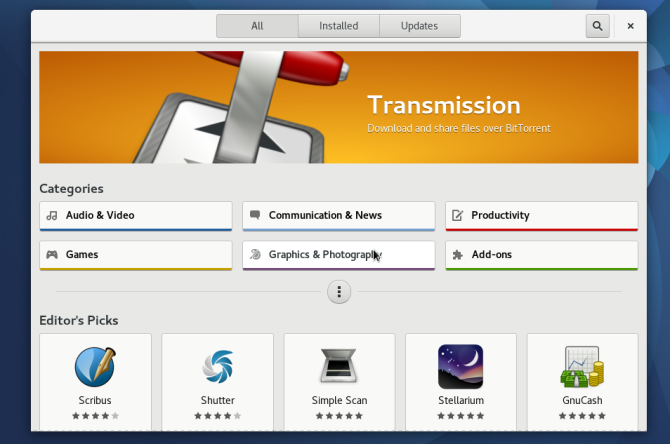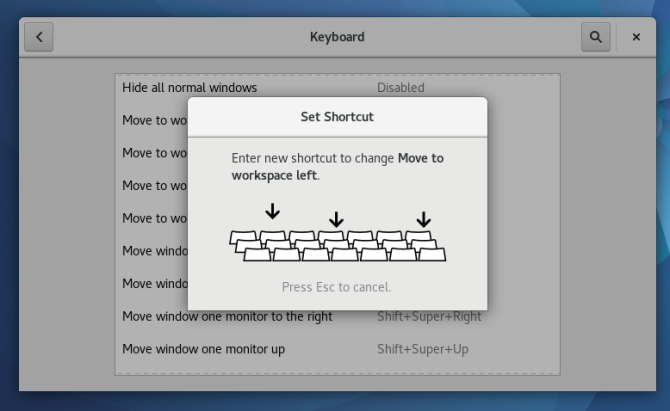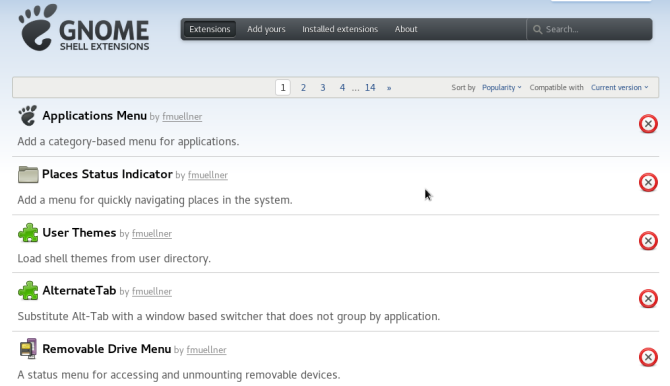Fedora 25 is here, and as usual, it delivers the latest from the GNOME project. But this time around, that's not the big highlight. All eyes are on Wayland. After years in development and a number of delays, Fedora has decided that the next generation display server is ready for prime time.
Of course, that's not the only reason to download Fedora 25. Let's take a look at what's changed.
1. Wayland by Default
I hear you. Display servers aren't all that exciting. But here's the thing: Linux has been using the X Window System for decades. It has been around since the 80s and is older than Linux itself. Without the slightest understanding of what a display server does, you can grasp why that alone is reason enough for people to be excited for a replacement.
Most users probably won't notice a difference between X and Wayland. An ideal display server is invisible. As long as you're not seeing lag, tearing, or other visual glitches, you're not giving much thought to what makes pixels appear on your screen.
But there are some key differences. Wayland is a display server and a compositor, whereas X was only the former and required separate software (such as Compiz) for compositing. Wayland also offers security improvements by isolating application windows. This sandboxing is similar in concept to what we see on smartphones and in web browsers.
XWayland is also included. This allows applications that don't yet support Wayland to run. But if you do encounter problems, Fedora 25 still offers X as a fallback option.
2. Improved Flatpak Support
Installing software is a mixed bag on Linux. On one hand, repositories offer a single location for most of the applications you want. On the other hand, software that isn't in the repos might not work anymore. Even if you keep an old RPM lying around, it may not work on your current Fedora desktop. This contrasts with the Windows world, where you can still run an EXE you saved to a flash drive ten years ago.
That's one of the reasons why Fedora developers are hard at work on Flatpak. This format bundles software in a way that includes many of the dependencies a program needs to run. That way an application that runs today will likely run tomorrow. It should also be able to run on any distro, as long as they support Flatpaks.
Right now, these are just hopes for the future. Not enough distros support Flatpak yet, nor have enough software developers started bundling their applications, for this dream to have any impact on the Linux landscape. And only time will tell if Flatpaks or Ubuntu snaps receive wider adoption.
3. MP3 Playback Included
Some Linux distros ship multimedia codecs out of the box. Fedora isn't one of them. Unlike Ubuntu, Fedora doesn't even offer proprietary codecs in its repositories. It's free software-only in Fedora land, even if that means users have to jump through extra hoops to play music and video on their machines.
With Fedora 25, the situation is slightly friendlier. Now MP3 playback comes included. This is due to some patents hitting their expiration date.
Is Fedora going to start including other formats anytime soon? Not at all. The project takes both an ideological and a cautious legal approach to this issue. As a U.S.-based company, Red Hat (Fedora's sponsor) has much to lose by getting on the wrong side of the law.
4. Fedora Media Writer
The Fedora Live USB application has long been a tool for creating bootable flash drives you can use to test and install Fedora. The Fedora Media Writer is an evolution that can download Fedora Workstation and other Spins to place on your drive. The new experience is meant to take a power user's tool and make it friendlier to newcomers.
5. Automatic Archive Extraction and More Compression Options
When you click on a ZIP, TAR, or other archive, the GNOME file manager now automatically extracts them. Likewise, if you want to compress files, the application gives you a few built-in options to do so.
To see the new options appear when you highlight the files you want in an archive, right-click and select Compress. You should see ZIP, TAR.XZ, and 7-ZIP as archive options underneath the text field.
6. Bulk File Renaming
We typically rename files one a time, but not always. Occasionally there's a folder of images to change all at once. In GNOME 3.22, the Files application lets you rename your files in bulk. This is one less reason to have to hunt down a specialized tool for the job.
Highlight multiple files, right-click, and select Rename. Enter a new name and select the +Add option if you want to use number sequences or dates to differentiate between files.
7. GNOME Software Enhancements
GNOME Software has received an updated landing page. The primary change is that categories have become more prominent. Each section is color-coded, so you can more easily tell them apart.
This is helpful for new users who don't have specific applications in mind to search for and are browsing Linux's selection of software for the first time.
8. Redesigned Keyboard Settings Tool
GNOME developers have streamlined the keyboard section of System Settings. The list is easier to browse, and a search function helps you quickly find commands.
This is where you to go to change keyboard shortcuts, such as those you use for switching between virtual desktops. If you yet haven't committed any to memory, you may want to do yourself a favor.
9. GNOME Shell No Longer Checks Extensions for Compatibility
Before this release, GNOME Shell extensions checked to see if you're running a compatible version of the Shell. This was necessary in early days, as each release made substantial changes to the interface. The early GNOME 3.x days were a time of big transition.
Now that the Shell is stable, developers have deemed that compatibility checks are no longer necessary. There's a good chance that your favorite extensions consistently worked with the past few releases and will automatically work with the next one as well.
10. More GNOME 3.22 Application Updates
Many changes have impacted GNOME applications that don't come pre-installed with Fedora, but that you can find in GNOME Software. The dconf editor now looks like a GNOME 3.x application. Calendar supports drag and drop. The Polari IRC client, Maps, and Photos have all received updates too. Check out GNOME's 3.22 release notes for more details.
The GNOME developers have created a wide range of applications intended for this desktop environment, so check them out if you haven't already. This will provide you with a more consistent experience than using the same software you would use elsewhere.
Have You Downloaded Fedora 25?
The latter half of this list isn't limited to Fedora. Some distros, such as Arch Linux and openSUSE Tumbleweed, have already pushed GNOME 3.22 out to users. Non-rolling distros will send updates in the weeks and months ahead.
What are your favorite new additions to Fedora? What about GNOME in general? Are you excited to finally see Wayland ship? Join the conversation and share your thoughts!

